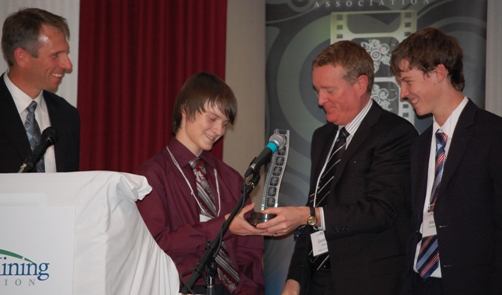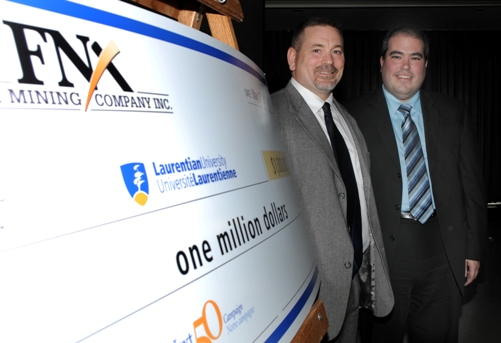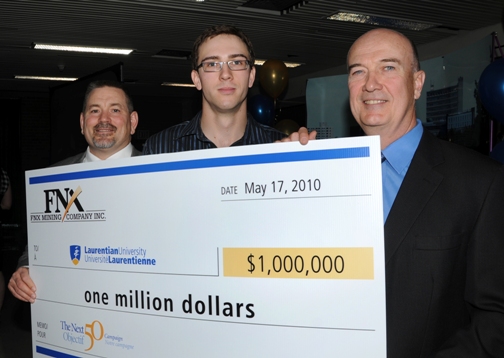About the Higher Education Quality Council of Ontario
The Higher Education Quality Council of Ontario is an arm’s-length agency of the Government of Ontario dedicated to ensuring the continued improvement of the postsecondary education system in Ontario. The Council was created through the Higher Education Quality Council of Ontario Act, 2005. It is mandated to conduct research, evaluate the postsecondary education system, and provide policy recommendations to the Minister of Training, Colleges and Universities with a view to enhance the quality, access, and accountability of Ontario’s higher education system.
The report is available here: The Benefits of Greater Differentiation of Ontario’s University Sector
EXECUTIVE SUMMARY
The Ontario university sector is already somewhat differentiated. A policy decision to increase the differentiation of the postsecondary system brings the following benefits:
• Higher quality teaching and research programs
• More student choice with easier inter‐institution transfer and mobility
• Greater institutional accountability
• A more globally competitive system
• A more financially sustainable system
Ontario’s postsecondary system can transition seamlessly and incrementally to greater differentiation with the judicious and strategic use of funding strategies already familiar to government. This transition to a more differentiated university sector is guided by principles including:
• Equal value on the teaching and research functions of universities
• Forging a contemporary relationship between Ontario’s colleges and universities
• Linking the differentiation policy to funding decisions
• More effective use of multi‐year accountability agreements and performance indicators to evaluate whether universities are meeting expected goals and targets
A roadmap is provided indicating how the government can advance the current university system to a more differentiated one. The cornerstone of this transition is a comprehensive agreement between each university and MTCU identifying the expectations and accountabilities of each institution including its expected enrolment and student mix, its priority teaching and research programs and areas for future growth and development.


























 MacGibbon could not attend the event, however, Vern Baker, FNX Vice-President of Sudbury Operations was on hand to present the million dollar cheque. Baker said, “One of our strengths is our geology team, many members of which are proud Laurentian University graduates.
MacGibbon could not attend the event, however, Vern Baker, FNX Vice-President of Sudbury Operations was on hand to present the million dollar cheque. Baker said, “One of our strengths is our geology team, many members of which are proud Laurentian University graduates.